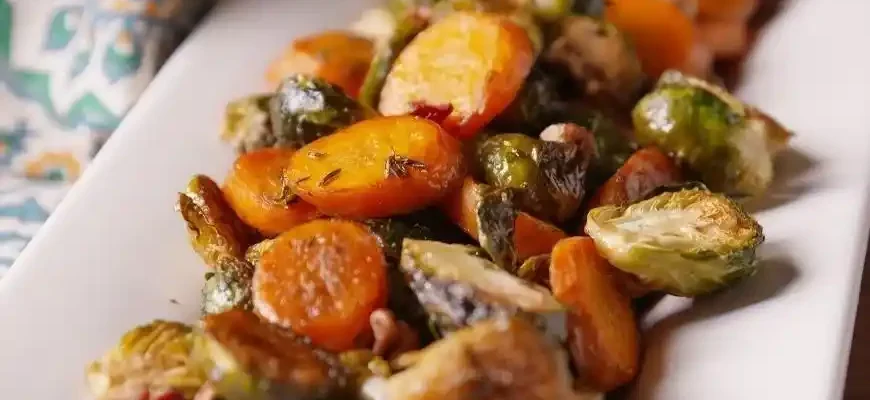Roasted vegetables have become a kitchen staple for many, thanks to their simplicity, flavor, and the health benefits they bring to the table. Whether you’re preparing a quick dinner for one or feeding a crowd, roasting vegetables is an easy and delicious way to enjoy nature’s bounty. As a seasoned cook (with a few decades of experience under my belt), I can tell you that roasted vegetables are not only versatile but can also elevate any meal. Let’s dive into everything you need to know about roasting vegetables—so you can make them like a pro, every time!
What Makes Roasted Vegetables So Special?
First, let’s talk about the magic of roasting. When you roast vegetables, they undergo a transformation. The heat from the oven caramelizes the natural sugars, bringing out a sweetness and depth of flavor that you just don’t get from boiling or steaming. Roasting also concentrates the flavors and enhances their natural textures—soft on the inside, with a beautifully crispy, browned exterior. Plus, roasting is a relatively hands-off cooking method, which is always a bonus.
But what does science say about this? Studies show that roasting retains much of the vegetables’ nutrients, especially when compared to methods like frying, which can degrade vitamins. Roasting can also help preserve antioxidants that are sometimes lost in other forms of cooking. So, not only are you eating something tasty, but you’re also eating something healthy.
The Essential Roasting Process: A Step-by-Step Guide
While roasting vegetables is simple, there are a few key tips that will make a difference in the outcome. Here’s the process you should follow for perfect roasted vegetables every time:
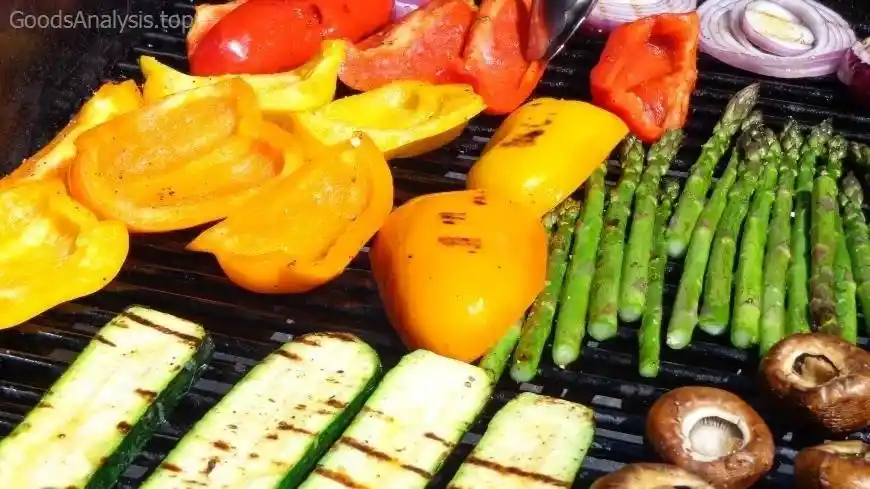
- Choose Your Vegetables
You can roast almost any vegetable, but some are better suited for roasting than others. Root vegetables like carrots, potatoes, sweet potatoes, parsnips, and beets are classic choices. Brassicas like broccoli, cauliflower, and Brussels sprouts also roast beautifully. Even leafy greens like kale can be crisped up into chips! Tip: Choose a variety of colors and textures to make your dish visually appealing and nutritionally diverse. The more colorful your plate, the more antioxidants you’re likely to get. - Prep the Vegetables
Wash and peel (if necessary) your vegetables. Cut them into uniform pieces—about 1 to 2 inches in size. This ensures that they cook evenly. If the pieces are too small, they might burn before they’re cooked through; if they’re too large, they’ll take longer to cook. Tip: If you’re roasting vegetables with different cooking times, such as carrots and cauliflower, consider cutting the harder veggies (like carrots) smaller to ensure everything is done at the same time. - Toss with Oil and Seasonings
Toss your chopped vegetables in a generous amount of oil—olive oil is always a good choice for flavor and health benefits. Make sure each piece is well-coated. After that, season with salt, pepper, and your favorite herbs and spices. Garlic, thyme, rosemary, paprika, and cumin are all great options, but don’t be afraid to experiment. Tip: Keep in mind that some spices can burn at high temperatures, so it’s best to add delicate herbs like basil after the vegetables are roasted. - Preheat the Oven
Preheat your oven to 400°F (200°C). High heat is essential for achieving that crispy, caramelized exterior while keeping the inside tender. - Roast Until Golden and Tender
Spread your vegetables in a single layer on a baking sheet. Overcrowding can lead to steaming, which will leave you with soggy, rather than crispy, vegetables. Roast for 20 to 30 minutes, stirring halfway through to ensure even cooking. Keep an eye on them as they approach the end—when they’re golden brown and fork-tender, they’re ready to come out. Tip: If you’re roasting something like sweet potatoes or carrots, it may take a bit longer. Don’t rush the process—let them get a good caramelized crust for maximum flavor. - Finishing Touches
Once the vegetables are roasted to perfection, consider adding a squeeze of lemon juice, a sprinkle of fresh herbs, or a drizzle of balsamic vinegar to elevate the flavor even further.
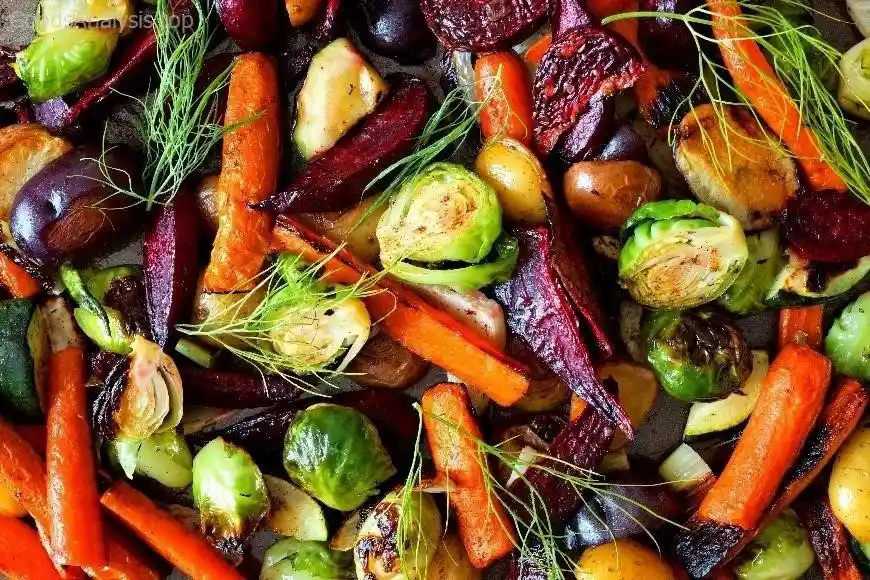
Health Benefits of Roasting Vegetables
Roasting vegetables isn’t just delicious; it’s also good for your health. According to multiple studies, roasting helps preserve key vitamins, particularly when you’re not overcooking them. Vitamins like Vitamin C and B-vitamins can degrade in water, so cooking methods like steaming or boiling cause nutrient loss. Roasting, on the other hand, helps to lock those nutrients in while also boosting the natural flavors.
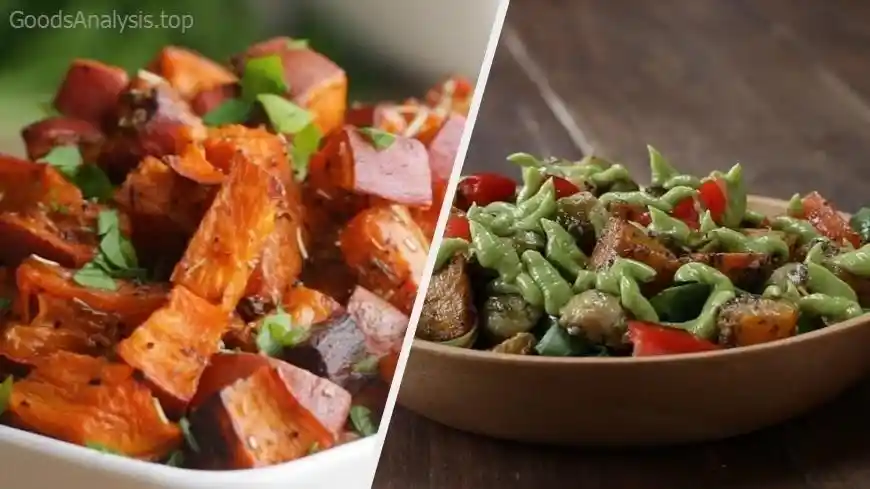
Moreover, roasted vegetables are typically lower in fat and calories than dishes that use heavy sauces or frying. They’re naturally high in fiber, which helps with digestion and can aid in weight management. The fiber from vegetables helps to regulate blood sugar, too—so you’re not just eating something tasty but also helping your body function better.
Common Mistakes and How to Avoid Them
Now, let’s talk about a few common mistakes people make when roasting vegetables—and how to avoid them. As an experienced cook, I’ve seen it all, and I’ve got tips to help you steer clear of these pitfalls.
- Overcrowding the Pan
It might seem tempting to pile all your veggies onto a single pan, but overcrowding prevents them from crisping up properly. They’ll steam instead of roast, which means you’ll lose that caramelized flavor. Always make sure there’s space between each vegetable piece. Solution: Use two pans if necessary. It’s worth it for that crispy texture. - Not Preheating the Oven
If you don’t preheat your oven, you risk ending up with vegetables that are mushy and lack the desired crispiness. Solution: Always preheat your oven to 400°F (200°C) before roasting. - Using Too Much Oil
While oil is essential for flavor and texture, too much oil can make your vegetables greasy and heavy. Solution: Use a light hand when drizzling the oil, or use a spray bottle to evenly coat the vegetables with a thin layer.
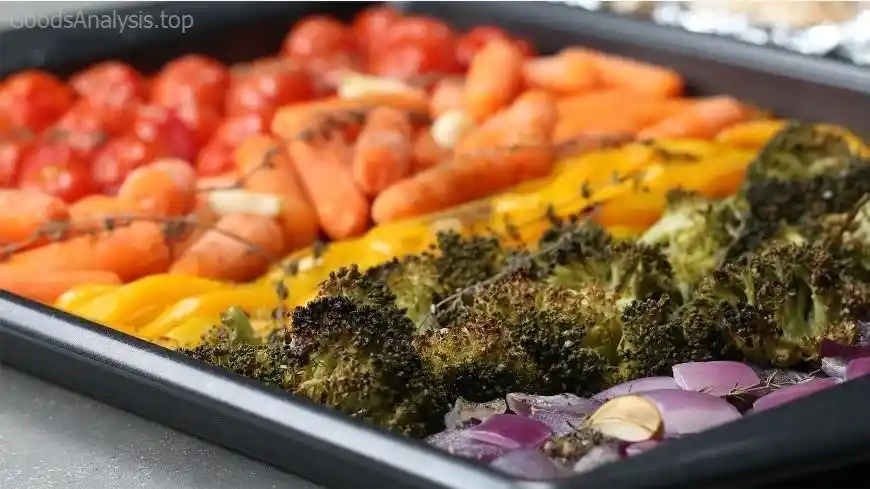
Fun Variations You Can Try
One of the great things about roasted vegetables is that they’re endlessly customizable. Here are a few ideas to spice things up:
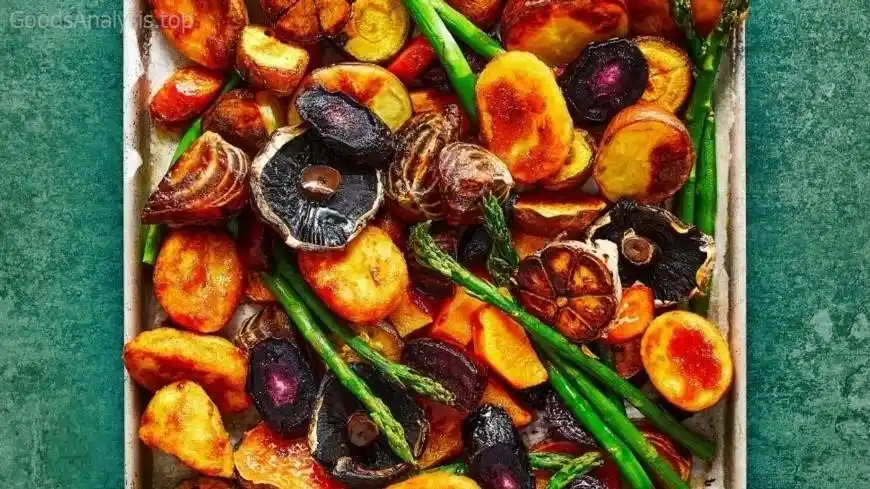
- Add a Glaze: After roasting, try adding a balsamic glaze, honey, or maple syrup for an extra punch of flavor.
- Seasoning Variations: Try using curry powder, za’atar, or even smoked paprika for a unique twist.
- Mix with Proteins: Roasted veggies make a great base for chicken, tofu, or even fish. You can toss everything on the same pan to create a one-dish meal.
Final Thoughts and Real-Life Opinions
Roasted vegetables are an easy, healthy, and flavorful way to enjoy vegetables. The key is to follow the basics—choose the right vegetables, prep them correctly, and don’t rush the process. With a little practice, you’ll master the art of roasting vegetables, and soon they’ll become a regular feature on your dining table.
Here’s what a few people from around the world had to say about their experience with roasted vegetables:
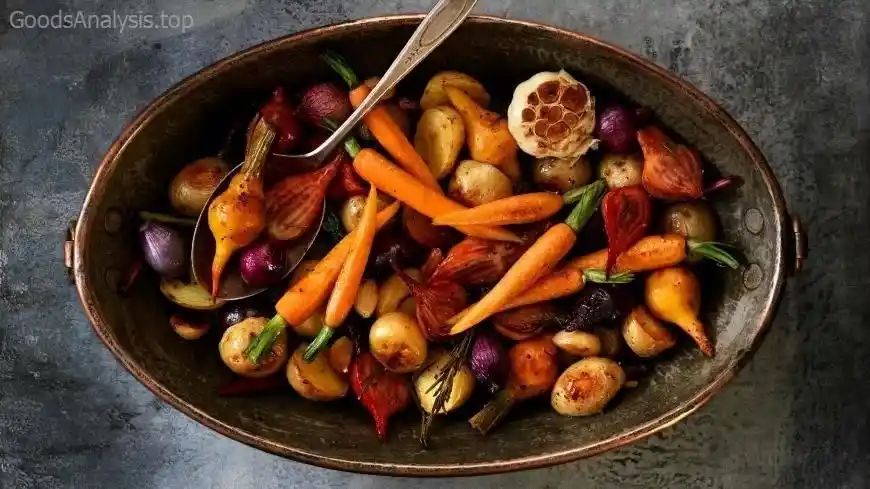
- Maria, 34, Italy: “Roasting vegetables is my go-to dinner when I’m in a rush. I love using a mix of Mediterranean veggies like zucchini and eggplant. The caramelization makes them so delicious.”
- Sam, 58, USA: “I’ve been roasting vegetables for years, and it’s the best way to get my grandkids to eat their greens. They’re always asking for seconds of roasted carrots!”
- Jin, 45, China: “Roasting is not very common in my culture, but after trying it on a trip to the US, I started roasting all kinds of vegetables back home. The flavors are amazing, and I feel so much better eating them this way.”
- Sophia, 22, South Africa: “I was skeptical at first, but after my friend made roasted sweet potatoes with cinnamon, I was hooked. Now I can’t stop experimenting with different veggies.”
- Ahmed, 60, Egypt: “I’ve been cooking for decades, but roasting is something I started only recently. It’s quick, it’s easy, and it brings out flavors I didn’t even know were there!”
Roasting vegetables isn’t just about cooking; it’s about discovering the natural beauty in food. Try it for yourself, and you’ll see why it’s a classic that never goes out of style!

